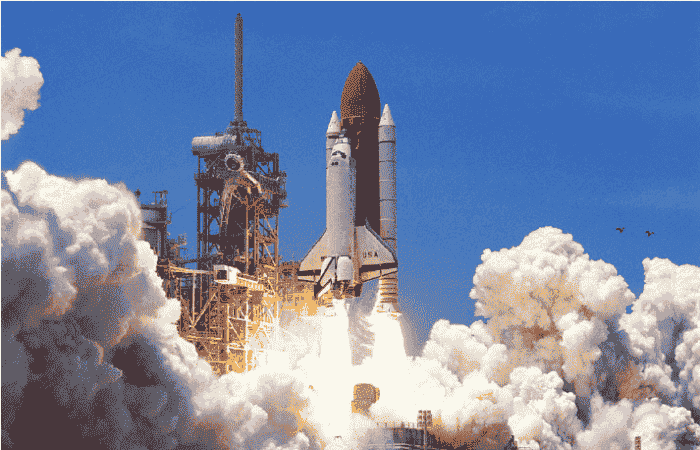
Russia will launch a rescue spacecraft to the International Space Station next month in order to retrieve three crew members whose initial capsule was destroyed by a meteorite.
Last month, the docked Soyuz MS-22 sprung a significant leak, spilling radiator coolant into orbit and forcing two cosmonauts to abort a scheduled spacewalk.
Russia Space Agency
While Russia’s space agency, Roscosmos, stated that the attack posed no immediate threat to the crew of the space station, it did raise questions about the crew’s ability to return to Earth in an emergency.
Due to the higher cabin temperatures caused by the leak, the MS-22 was ruled unsafe, leaving the ISS with only one operational escape pod a SpaceX Crew Dragon spacecraft. The space station has seven occupants, while the SpaceX spacecraft has only four seats.
Read more: Biological aging due to high Sodium levels can be reduced by drinking enough water
Stranded US Astronauts

Roscosmos has decided to bring forward the launch of the Soyuz MS-23 from March to February 20 so that it can return to Earth the Russian cosmonauts Sergey Prokopyev and Dmitry Petelin and the American astronaut Francisco Rubio.
Roscosmos stated that the prospect of using the damaged Soyuz MS-22 to rescue the crew would be examined if a “very serious” scenario developed on the ISS in the weeks prior.
MS-23 was originally designed to carry three crew members, however, it will set sail without personnel as a rescue vessel. Yuri Borisov, the head of Roscosmos, did not indicate when Prokopyev, Petelin, and Rubio will return to Earth aboard the backup Soyuz.
Roscosmos noted that the damaged MS-22 will return without a crew once its replacement arrives.
Micrometeoroids, which can be as small as a grain of sand, pose a severe threat to human space exploration. They orbit the Earth at around 17,000mph (27,400km/h), which is significantly faster than the speed of a bullet.
Roscosmos reported that the micrometeoroid that struck the moored Soyuz was extremely small, producing a 1mm-wide hole in the spacecraft. It caused severe damage, with NASA TV photos showing snowflake-like white particles erupting from the back.
Former cosmonaut Krikalev remarked that although Russian experts believe the capsule could survive reentry and land safely, the cabin temperature could reach the low 40s with heavy humidity due to the inability to dissipate the heat created by a computer and other electronics.
The new Soyuz capsule will be launched from Kazakhstan a month earlier than anticipated on February 20. There will be no passengers aboard; the capsule will operate in automated mode. NASA participated in all negotiations and endorsed the concept.
In addition, the ISS was launched in stages beginning in 1998, during a period of heightened US-Russia cooperation over ten years after the conclusion of the cold war. The aging space station will be de-orbited in 2031, with a programmed landing into the Pacific Ocean.
A new space race between the United States and China is intensifying. Beijing’s space program developed its first Earth-orbiting space station with a crew in 2021. The 70-ton Tiangong, which translates to the heavenly palace, is anticipated to run for at least ten years.
Read more: Watch out these Dementia symptoms, early signs to lower your risk!

